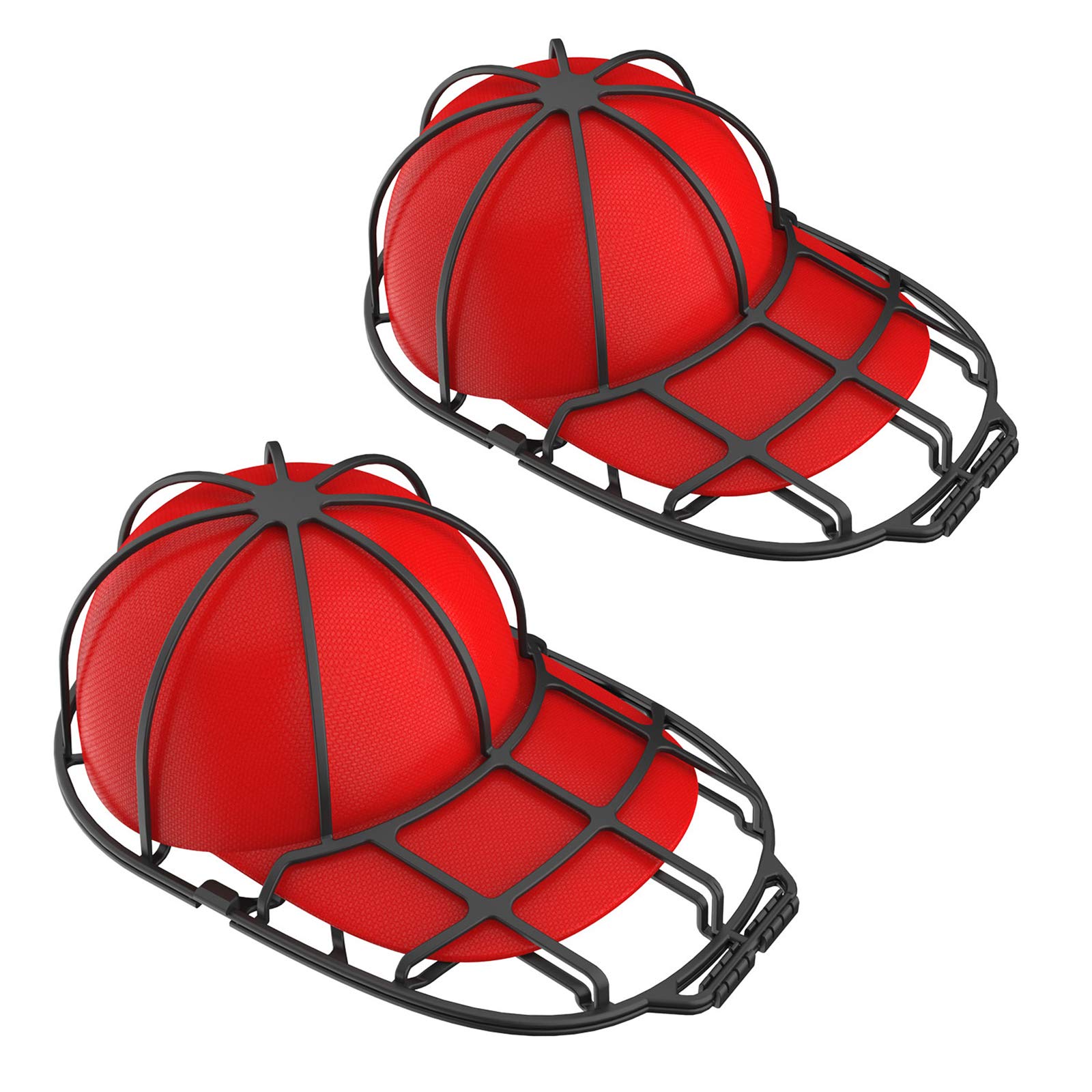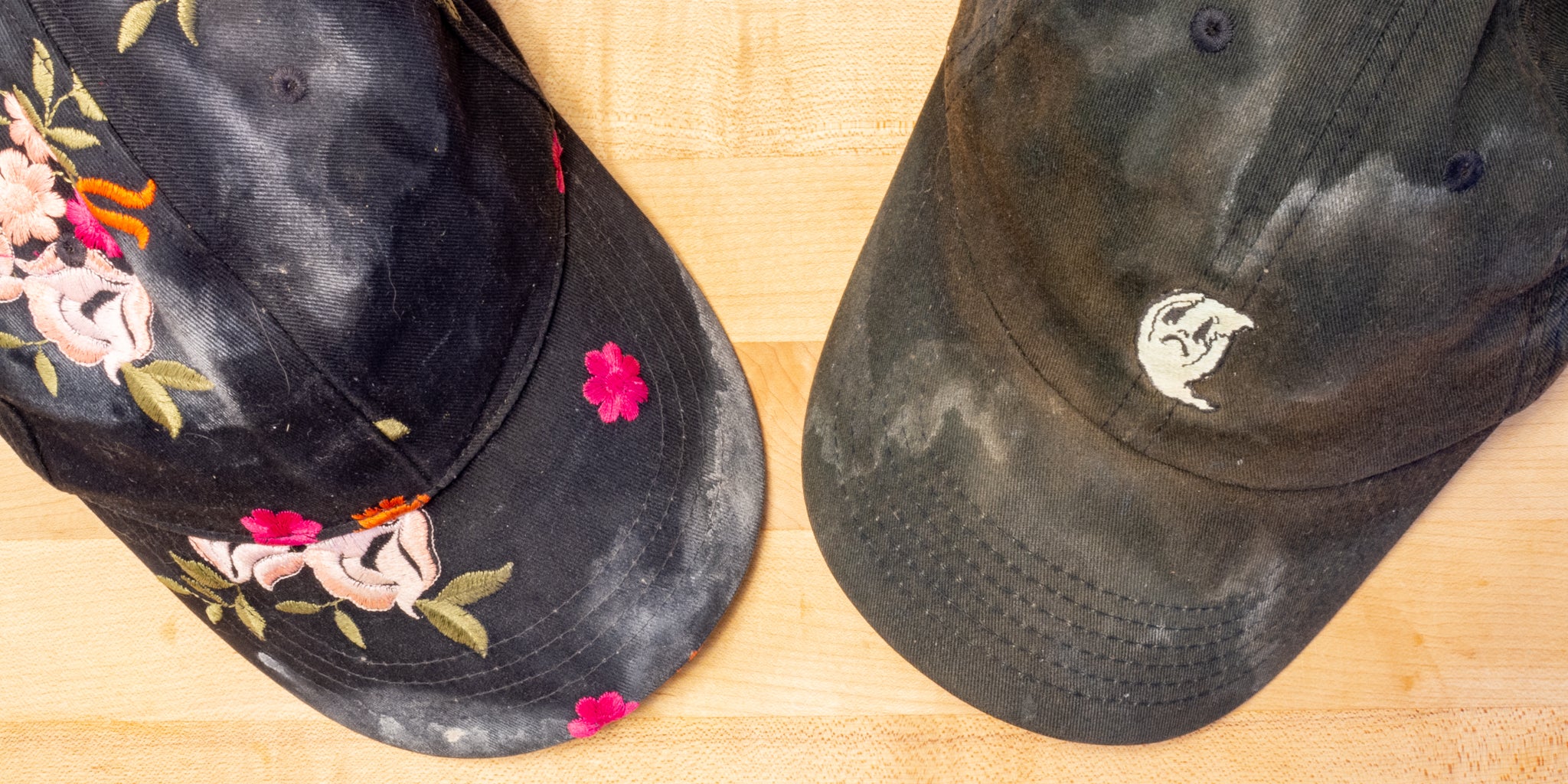Introduction: The Cap Conundrum
Baseball caps are more than just headwear; they’re a statement piece that reflects personal style and loyalty to a team or brand. Over time, these beloved accessories can accumulate sweat, dirt, and odors, making them less appealing and comfortable to wear. But fear not, cap enthusiasts! This ultimate guide will walk you through the best practices for washing your baseball cap, ensuring it stays clean, fresh, and well-preserved.
Understanding Cap Materials: The Foundation of Care
Before diving into the cleaning process, it’s crucial to understand the materials your cap is made of. Most baseball caps consist of a combination of cotton, polyester, or a blend, with a plastic, leather, or cloth strapback. Knowing your cap’s composition helps determine the most suitable cleaning method, as certain materials may be more delicate and require gentler handling.

Gather Your Tools: Preparing for the Wash
To ensure a thorough yet gentle wash, gather the following items: a mild detergent (preferably one designed for delicates), a soft-bristled brush (an old toothbrush works wonders), a large bowl or sink filled with cold water, and a clean towel for drying. Avoid using hot water or harsh detergents, as these can damage the cap’s structure and fade its colors.
The Soak and Spot Treatment Method: Gentle Yet Effective
Begin by soaking your cap in the cold water mixed with a small amount of detergent. Let it sit for about 15 minutes, allowing the solution to loosen up any dirt or stains gently. For stubborn spots, apply a tiny amount of detergent directly onto the affected area and gently rub with the soft-bristled brush. This targeted approach preserves the overall integrity of the cap while effectively tackling problem areas.

Rinse and Rise: Removing Residuals
Once the soak and spot treatment are complete, carefully rinse your cap under cold running water to remove all soap residue. It’s essential to be thorough during this step to prevent soap buildup, which can irritate the skin and attract more dirt over time. Gently squeeze out excess water without twisting or wringing the cap, as this can misshape it.
Drying Techniques: The Art of Air-Drying
Proper drying is key to maintaining your cap’s shape and preventing shrinkage or distortion. Place the cap on a clean, dry towel and reshape it to its original form. Use another clean towel to press gently against the cap, absorbing as much moisture as possible. Avoid direct sunlight or heat sources during the drying process, as they can cause fading and shrinkage. Allow the cap to air-dry completely before storing or wearing it again.
Dealing with Special Materials: Leather, Mesh, and Beyond
Caps featuring leather straps, mesh panels, or other delicate embellishments require extra care. For leather components, use a damp cloth with a gentle leather cleaner, avoiding water contact as much as possible. Mesh panels can be cleaned with a soft brush and mild detergent, being cautious not to damage the weave. Always consult the manufacturer’s care instructions for specific guidance on unique materials.
Preventive Measures: Keeping It Clean Longer
To minimize the frequency of deep cleans, adopt some preventive habits. After each wear, give your cap a light brushing to remove surface dust and sweat. Use a hat stand or stuff it with tissue paper when storing to maintain its shape. Avoid leaving your cap in hot cars or humid areas, as these conditions can accelerate the growth of bacteria and odors.

Restoring Shape and Shine: Finishing Touches
Once your cap is fully dry, you might notice it looking slightly flatter than before. To restore its shape and vitality, lightly steam the cap using a garment steamer from a safe distance, being careful not to get it too wet. Alternatively, you can use a hairdryer on a cool setting. Finish off by lightly brushing the brim and crown to bring back its crisp look.
Protecting Embellishments and Trims
Caps adorned with embroidery, patches, or metallic trims need additional care during cleaning and maintenance. When washing, turn the cap inside out to protect these decorations from abrasion. Gently hand wash around these areas, avoiding rubbing that could loosen or damage the attachments. For metallic trims, ensure they are thoroughly dried to prevent rust or corrosion.
Dealing with Stubborn Stains
Encountering stubborn stains like oil or makeup on your cap? Spot treat these areas first with a solution of mild detergent and water before proceeding with the overall cleaning. Apply the solution gently with a soft-bristled brush or a clean, damp cloth, working carefully to avoid spreading the stain. Allow the treatment to sit for a few minutes before rinsing and continuing with the regular cleaning process.

Storage Solutions for Longevity
Proper storage is paramount in preserving the quality and shape of your caps. Invest in a cap rack or display case that allows air circulation while keeping them organized and easily accessible. If space is limited, consider stacking your caps with acid-free tissue paper between each one to prevent color transfer and deformation. Avoid stacking too many on top of each other, as this may cause the caps at the bottom to lose their shape over time.
Seasonal Care Adjustments
Different seasons bring varied challenges to cap care. In humid summers, increase the frequency of airing out your caps to prevent mold and odor buildup. During winters, be mindful of salt stains from snow; address these promptly with a damp cloth to prevent damage to the fabric. Always store your seasonal caps appropriately; for example, woolen caps should be cleaned and stored in a cool, dry place during summer months to deter moth infestations.

Conclusion: A Cap Cleaning Ritual Worth Celebrating
By mastering the art of washing your baseball cap, you’re not only extending its lifespan but also showing respect for a beloved accessory that often holds sentimental value. Regular care ensures your cap remains a stylish and comfortable extension of your personality. With these steps, you’ll be able to enjoy a clean, fresh cap that looks as good as new, game after game, season after season.
